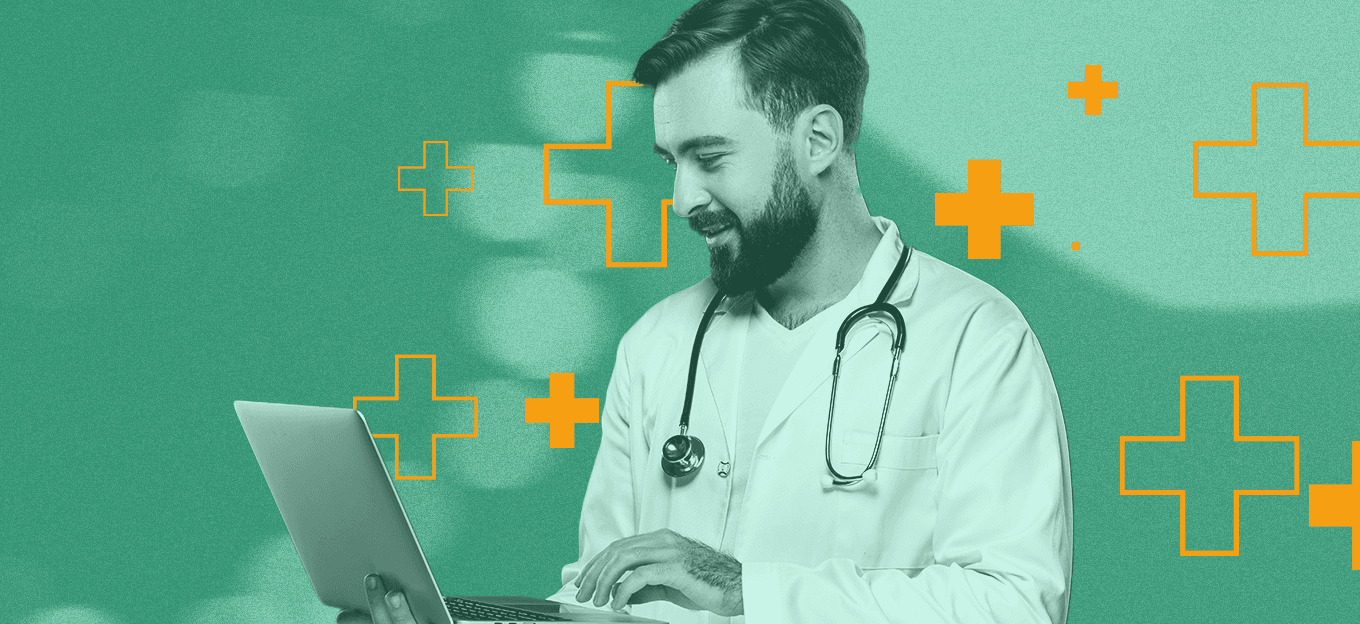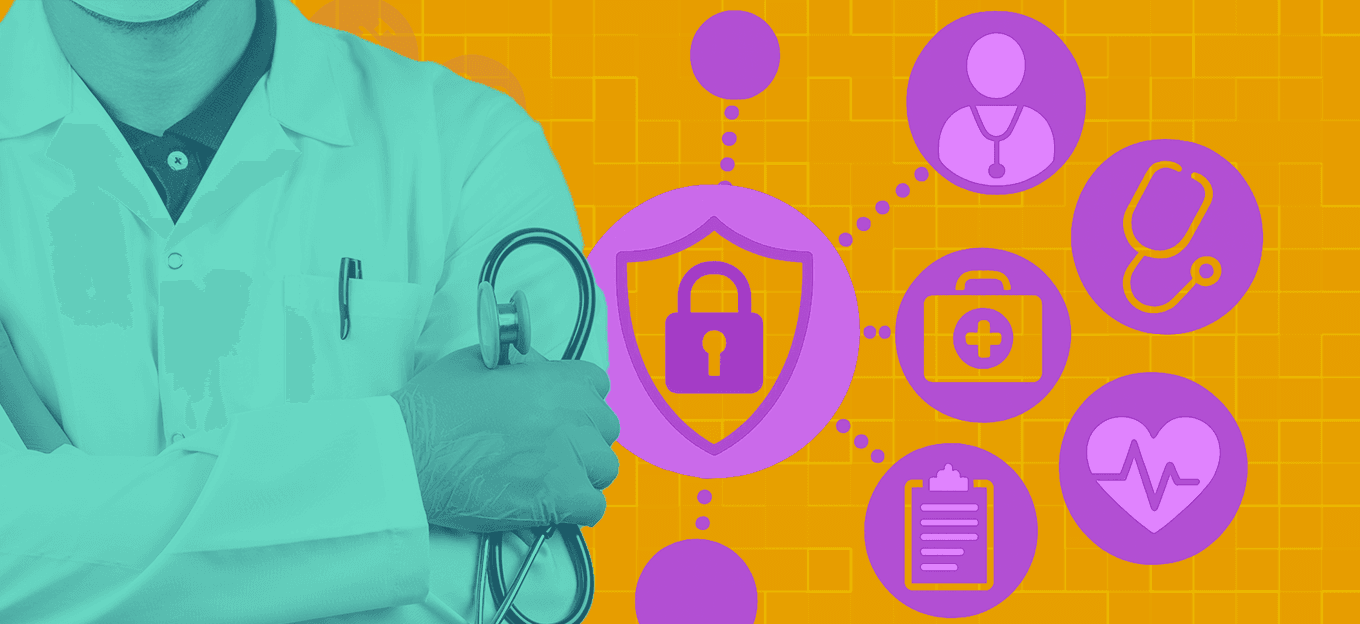Networking 2.0 - How it Affects Digital Healthcare and IoT
Networking 2.0 - How it Affects Digital Healthcare and IoT
- Last Updated: December 2, 2024
Atsign
- Last Updated: December 2, 2024



Whilst on the mission of improving and preserving patient health, the digital healthcare landscape attempts to uphold the following principles:
- Prioritizing patient privacy
- Enabling effective data sharing
- Fostering secure interactions among healthcare providers
Historically, achieving these objectives has proven challenging. However, thanks to Networking 2.0, these tasks have become significantly more manageable.
Protecting patient privacy is central, with techniques and technologies including encryption, access controls, and consent mechanisms to keep medical data confidential and trusted. Sharing patient records and information among healthcare providers, through standardized systems while ensuring coordinated care, is an important factor with a priority of secure transmission.
The healthcare landscape is currently undergoing a transformative shift thanks to Networking 2.0. This new approach to data management not only prioritizes the security and privacy of patient data but also empowers individuals with ownership over their health information.
Privacy and Patient Control
With Networking 2.0, patients will have control over their data through a unique digital address owned by the patient where they are able to choose with whom to share that data. In this scenario, if a patient decides to see a new doctor, they won't have to endure the tedious process of filling out paperwork with their current provider and waiting for them to process and send over the records. Instead, they can grant immediate access to their health history by adding the new provider to the list of those with access to their data. They can just as easily remove access from a previous provider.
This newfound control over data extends to what's known as 'polymorphism'. Patients can fine-tune precisely which pieces of information are shared with each of their healthcare providers. This customization ensures that the right data is accessible to the right professionals, enhancing the quality and efficiency of care while safeguarding patient privacy.
With Networking 2.0, the healthcare ecosystem is evolving to become more patient-centric, efficient, and secure than ever before.
Seamless and Secure Data Sharing
Networking 2.0 offers significant advantages, not only for patients, but also for healthcare providers, institutions, and practitioners. The seamless and secure exchange of precise, contextually relevant data among patients and providers revolutionizes care coordination in multiple ways.
One key benefit is the potential reduction in errors. With Networking 2.0, healthcare providers can access accurate patient information instantly, leading to fewer mistakes in diagnosis and treatment plans.
Networking 2.0 adopts a default encryption approach, which automatically safeguards sensitive patient data. By adhering to encryption standards, healthcare entities can ensure HIPAA compliance, minimize data breach risks, and uphold the trust of patients in their commitment to data security and privacy.
By eliminating data silos and communication barriers, Networking 2.0 paves the way for a healthcare ecosystem where information flows effortlessly. From streamlining administrative processes to enabling more targeted interventions, the benefits of Networking 2.0 ripple through every facet of the healthcare landscape, promising a more efficient, effective, and patient-centered industry.
Bridging the Gap
Simplifying the architecture through Networking 2.0 principles can bridge the gap between healthcare professionals and digital health technologies in practical ways.
Imagine a scenario where a doctor seamlessly integrates a Continuous Glucose Monitor (CGM) into a patient's digital health routine. With Networking 2.0, the data collected by the CGM is efficiently and securely shared with the patient's healthcare providers. This ensures that relevant information is readily accessible, allowing healthcare practitioners to make informed decisions and adjustments to the patient's treatment plan in real time. For instance, if a patient's blood glucose drops too low, it could trigger a call from a healthcare provider to make sure that person is okay and instruct them on how to raise their glucose to a less dangerous level.
By providing an intuitive platform for data sharing, secure communication, and interoperability, Networking 2.0 empowers healthcare practitioners to adopt and incorporate digital tools like CGMs into their practice without being overwhelmed by technical intricacies.
With all of this in mind, with the architecture of the Internet today, companies often retain a substantial amount of control over patient data. This significant privacy concern is only increased twofold by the informational exchange of this data between healthcare providers, third parties, and other large companies. With Networking 2.0, patients gain control over their medical records, history, and files whilst allowing them to grant access to those whom they wish to.
Digital healthcare itself has introduced convenience and accessibility to both patients and practitioners. To truly harness the potential of digital health, there needs to be an easier, less complex architecture that facilitates the integration and utilization of these technologies. This is where concepts like 'Networking 2.0' come into play, offering a streamlined and user-friendly framework that promotes efficient communication between various digital health solutions and the existing healthcare infrastructure while providing new levels of protection for patient data.
The Most Comprehensive IoT Newsletter for Enterprises
Showcasing the highest-quality content, resources, news, and insights from the world of the Internet of Things. Subscribe to remain informed and up-to-date.
New Podcast Episode

IoT and AI in 2026
Related Articles





